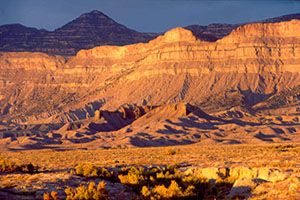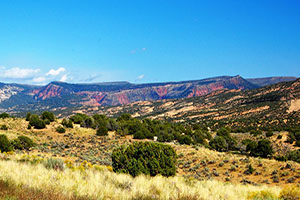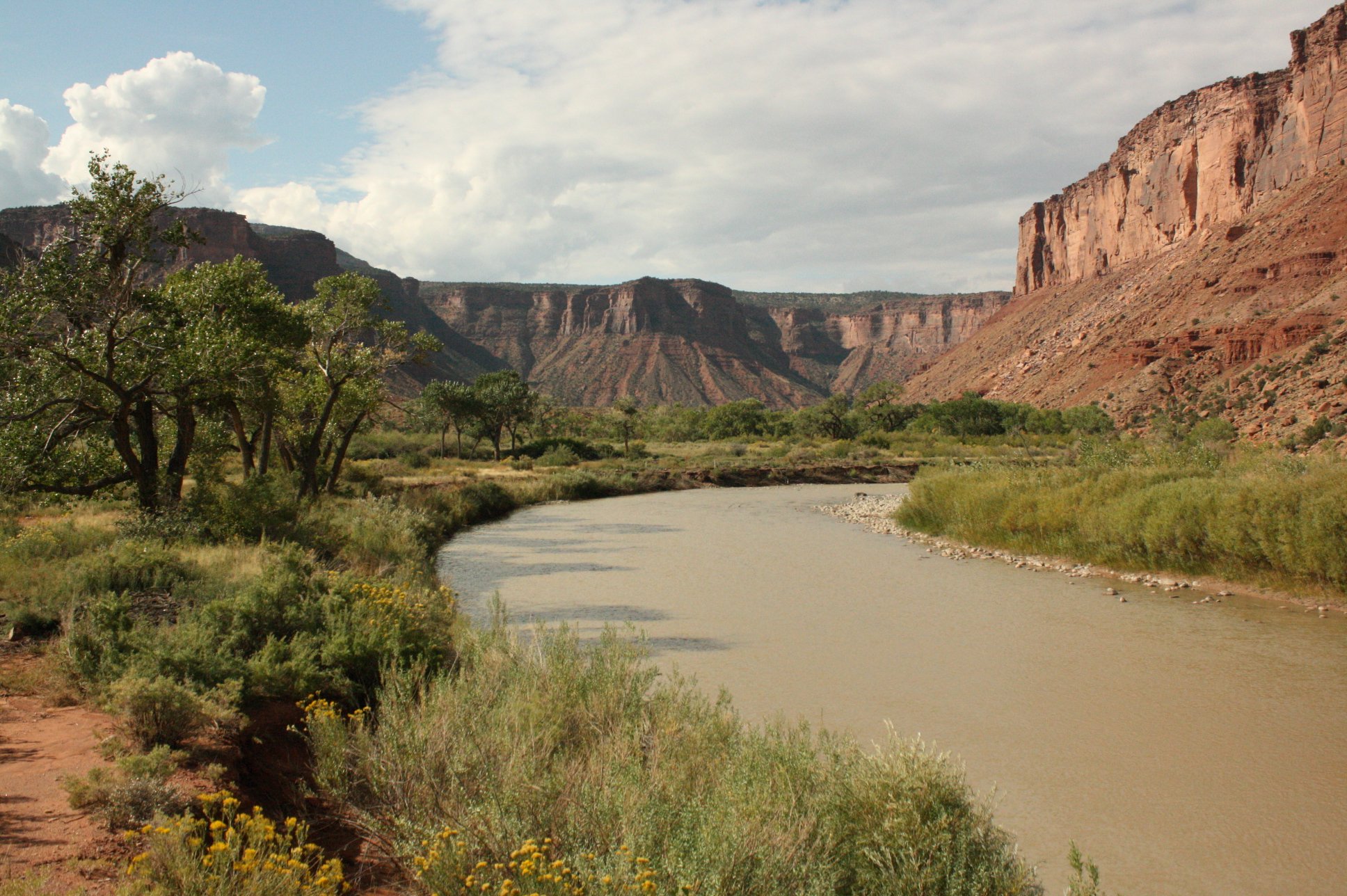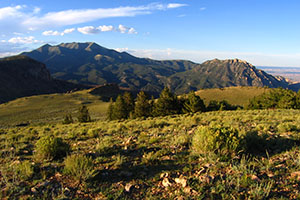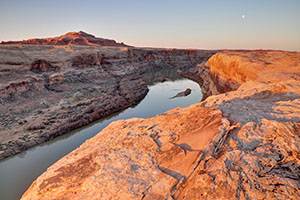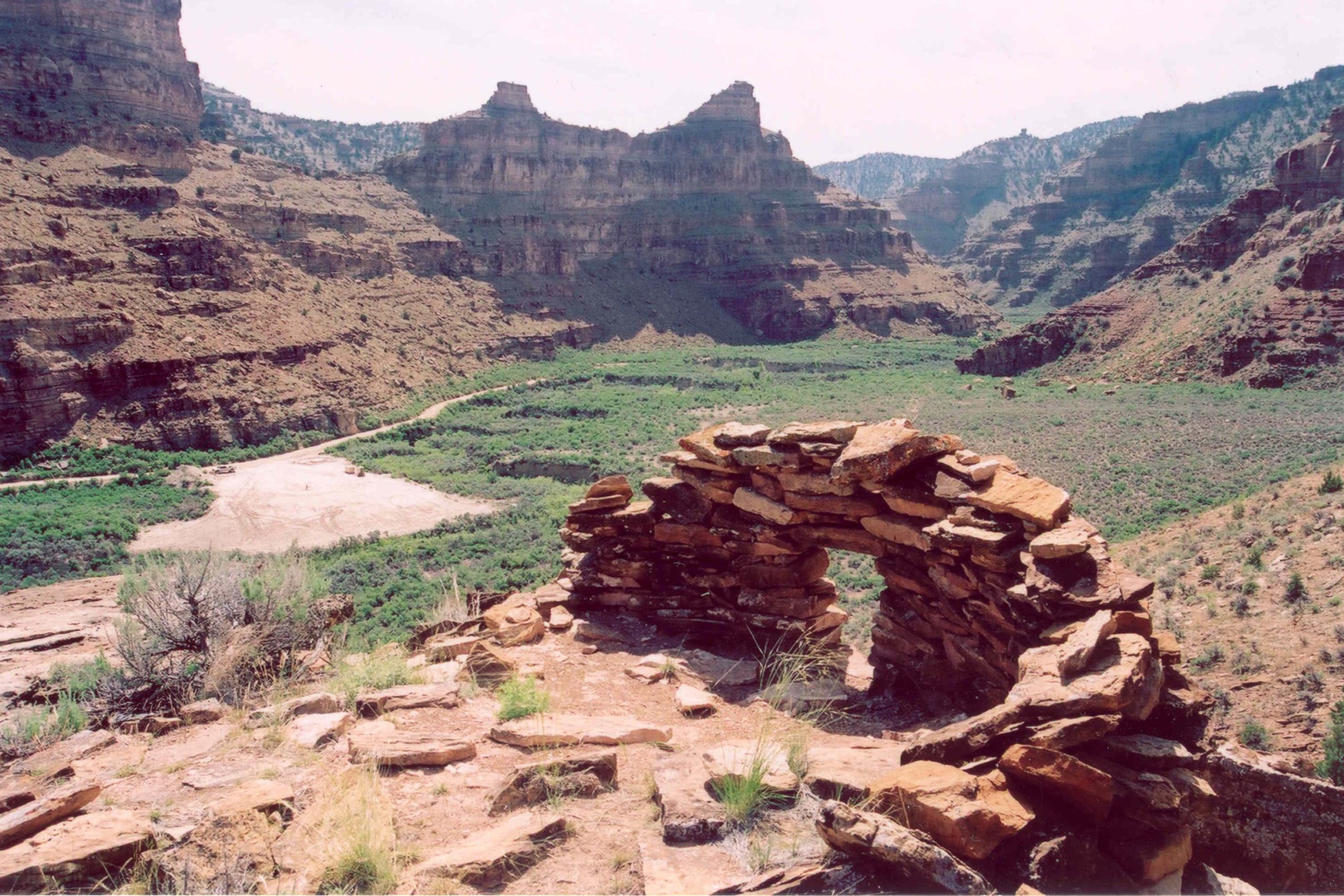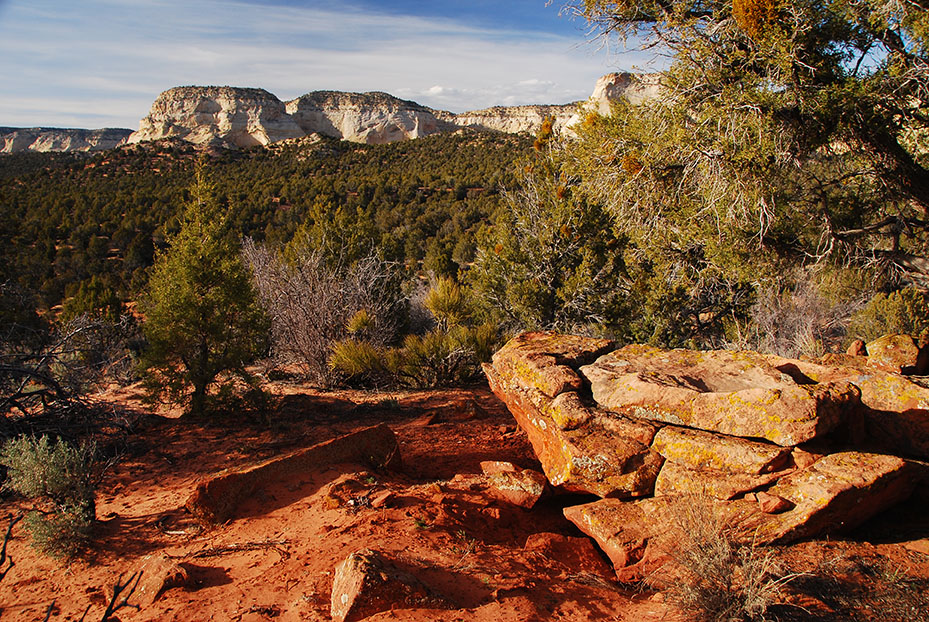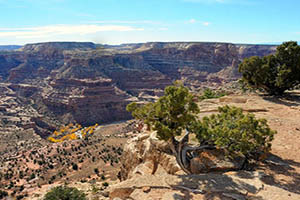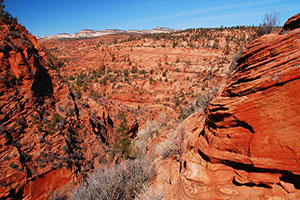How We Got Here
For decades, the BLM did little to regulate the use of ORVs on public lands. In spite of wilderness areas being closed to motorized recreation, the BLM allowed ORVs to run rampant within proposed wilderness areas. In 2008, BLM offices in Moab, Monticello, Richfield, Price, Vernal, and Kanab finally took a step in the right direction and issued travel plans that limited ORV use to designated routes. Unfortunately, these route designations failed to comply with federal laws enacted to protect archaeological resources. They also failed to comply with regulations that require ORV routes to be located to minimize impacts to natural and cultural resources and to minimize conflicts with other users.
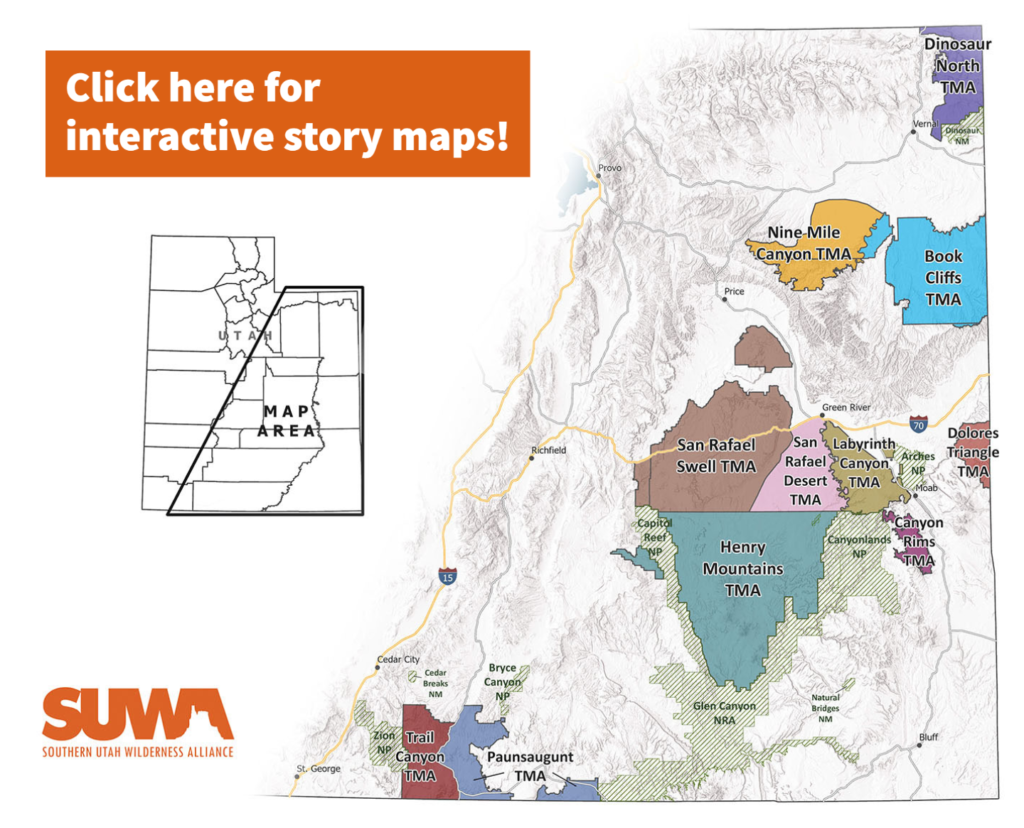
As part of our litigation over six resource management plans issued under the George W. Bush administration (click here for background on this), SUWA challenged the six ORV travel plans. The federal district court agreed with SUWA that the BLM failed to comply with federal laws to protect public lands and resources from damage caused by ORVs.
Under a January 2017 settlement agreement, the BLM is required to complete 11 new ORV travel management plans by 2025, covering more than 6 million acres of BLM-managed lands in eastern and southern Utah. Prior to designating routes as open to ORVs, the BLM must expressly consider impacts to “lands with wilderness character,” sensitive natural resources, and cultural resources. The agency must also minimize impacts to those resources.
All Plans in Process or Scheduled for Release (Alphabetical)
Learn More About the Planning Process
Podcast:
Access Not Excess
Our Ongoing Work to Protect the Redrock
SUWA is committed to ensuring that the wild country proposed for wilderness designation under America’s Red Rock Wilderness Act—and the streams, wildlife, soils, native plants, cultural sites, and solitude found there—are protected from ORV-related impacts. As part of this work we are:
- Participating in the BLM’s ongoing ORV travel planning. Through that process, SUWA is providing significant information about the condition of routes on the ground and potential impacts to natural and cultural resources.
- Providing the BLM and the public with information regarding the environmental and cultural resource impacts of ORV use and urging the agency to develop trail designations that make sense and also minimize impacts to natural and cultural resources.
- Assisting in the clean-up and restoration of ORV-damaged areas through stewardship projects with our members and partners in the conservation community.

